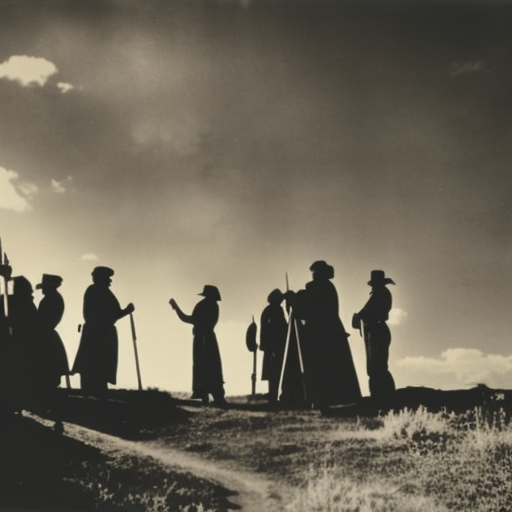The Indian Removal Act (1830)
The Indian Removal Act of 1830 was a law passed by the United States Congress that authorized the forced removal of Native American tribes from their ancestral lands in the southeastern United States. The act was signed into law by President Andrew Jackson and led to the displacement of thousands of Native Americans, primarily from the Five Civilized Tribes: the Cherokee, Creek, Choctaw, Chickasaw, and Seminole.
Background
In the early 19th century, white settlers in the southeastern United States coveted the fertile lands occupied by Native American tribes. The discovery of gold in Georgia further intensified the desire for Native American lands. President Andrew Jackson, a staunch advocate of westward expansion, believed that Native Americans should be removed from their lands to make way for white settlement.
Provisions of the Act
The Indian Removal Act provided funds for the federal government to negotiate treaties with Native American tribes, exchanging their lands in the southeastern United States for territory west of the Mississippi River. The act also authorized the use of force to remove tribes that refused to comply with the treaties. The government promised to provide financial assistance and supplies to facilitate the relocation of Native Americans to their new territories.
Cherokee Nation v. Georgia
The Cherokee Nation, one of the largest and most influential tribes in the southeastern United States, resisted removal. They argued that they were a sovereign nation and should not be subject to state or federal laws. In 1831, the Supreme Court case Cherokee Nation v. Georgia was brought before the court to determine the legal status of the Cherokee Nation. The court ruled that the Cherokee Nation was not a foreign nation but rather a “domestic dependent nation” subject to the authority of the United States.
Worcester v. Georgia
Despite the Supreme Court’s ruling in Cherokee Nation v. Georgia, the Cherokee continued to resist removal. In 1832, another Supreme Court case, Worcester v. Georgia, reaffirmed the Cherokee’s status as a sovereign nation and declared Georgia’s laws invalid within Cherokee territory. However, President Jackson famously ignored the court’s decision, reportedly saying, “John Marshall has made his decision; now let him enforce it.”
The Trail of Tears
As a result of the Indian Removal Act, thousands of Native Americans were forcibly removed from their lands and relocated to the Indian Territory (present-day Oklahoma). The most well-known example of this forced removal is the Cherokee Trail of Tears. In 1838, the U.S. Army, under the command of General Winfield Scott, forcibly removed approximately 16,000 Cherokee from their homes in Georgia, Tennessee, and Alabama. The Cherokee were forced to march over 1,000 miles to their new territory, enduring harsh conditions, disease, and starvation. It is estimated that around 4,000 Cherokee died during the journey.
Legacy
The Indian Removal Act of 1830 had a devastating impact on Native American tribes in the southeastern United States. Thousands of Native Americans lost their lives, their lands, and their way of life. The act remains a dark chapter in American history, highlighting the government’s disregard for the rights and well-being of Native American peoples. The forced removal of tribes from their ancestral lands had long-lasting effects on Native American communities, leading to the loss of cultural traditions, language, and sovereignty.
In conclusion, the Indian Removal Act of 1830 was a law that authorized the forced removal of Native American tribes from their lands in the southeastern United States. The act resulted in the displacement and suffering of thousands of Native Americans, particularly the Five Civilized Tribes. The act’s legacy continues to remind us of the injustices inflicted upon Native American peoples during the era of westward expansion in the United States.












